It is not exactly clear how Marx intended communism to function. A genius idea may become fearful when it is appropriated by the wrong minds. It has happened hundreds of times through history, and yet few things have been more damaging than the way Marx’s ideas about socialism were in communist societies. The theories about society, capital and labor got turned into a dictatorship, genocide, and poverty. Terrible things have been done in the name of socialism and here are some of the most rigorous dictators.
Kim Jong-Il (1.6 million deaths)
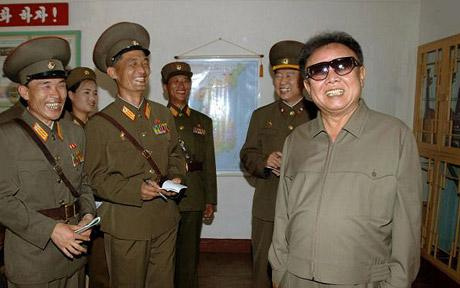
Though most North Koreans’ quality of life is terrible, no detectable undercurrent is pushing for a democratic uprising. In that sense, Kim Jong Il was “the most successful dictator in modern history.” According to a 2004 Human Rights Watch report, the North Korean government under Kim was “among the world’s most repressive governments”, having up to 200,000 political prisoners. According to U.S. and South Korean officials, North Korea has no freedom of the press or religion, political opposition or equal education: “Virtually every aspect of political, social, and economic life is controlled by the government.” Kim’s government was accused of “crimes against humanity” for its alleged culpability in creating and prolonging the 1990s famine.
Before succeeding his father in 1994, Kim reportedly ordered a 1983 bombing in Myanmar that killed 17 senior South Korean officials, and the 1987 bombing of a Korean Air flight that killed 115 passengers. Kim is also suspected of ordering the March 2010 sinking of a South Korean military ship and, in November of that same year, the bombing of a South Korean island.
When Kim first took power, communist North Korea’s economy was a shambles following the end of the Cold War and the ensuing loss of its trading partners. Then a devastating famine in the 1990s led to the death of about one million North Koreans. Even as the population suffered from poverty and famine, Kim continued his father’s “military first” mandate and devoted nearly all of the country’s scarce resources to building “the world’s fifth-largest military.”
Kim commissioned the distribution of pamphlets, describing a ‘wonder drug’ that could make short people grow taller, in Pyongyang. Obviously, the drug was no wonder of a thing. It was just a wicked tactic of the leader of rounding up short people and transporting them to an uninhabited island. The motive was to get rid of their ‘substandard’ genes so that an end could be brought to the thriving of short people in the nation.
Pol Pot (1.7 million deaths)
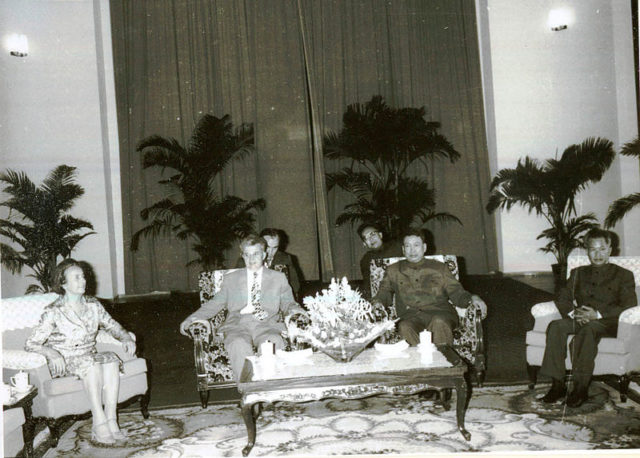
Autogenocide is the mass murder of a country’s citizens by its own majority ethnic group against itself. The term was coined in the latter half of the 1970s to describe the actions of the Khmer Rouge government of Cambodia, led by Pol Pot, to distinguish such acts from the genocide of groups considered “other” by a government, such as the killing of Jews and people of Slavic origin by Nazi Germany.
Today, examples of the torture methods used by the Khmer Rouge can be seen at the Tuol Sleng Genocide Museum. The museum occupies the former grounds of a high school turned prison camp that was operated by Khang Khek Ieu, more commonly known as “Comrade Duch.” Some 17,000 people had passed through Tuol Sleng Centre (also known as S-21) before they were taken to sites (also known as The Killing Fields), outside Phnom Penh such as Choeung Ek where most were executed (mainly by pickaxes to save bullets) and buried in mass graves. Of the thousands who entered Tuol Sleng, only seven are known to have survived.
The Khmer Rouge government, led by Pol Pot, arrested, tortured and eventually executed anyone suspected of belonging to several categories of supposed “enemies” – Anyone with connections to the former government or with foreign governments, and even professionals and intellectuals. In practice, this included almost everyone with an education, people who understood a foreign language and even people who required glasses. It also encompassed ethnic Vietnamese, ethnic Chinese, ethnic Thai and other minorities in Eastern Highland; Cambodian Christians (most of whom were Catholic, and the Catholic Church in general), Muslims and the Buddhist monks. Also targeted were “Economic saboteurs:” many of the former urban dwellers (who had not starved to death in the first place) were deemed to be guilty by virtue of their lack of agricultural ability.
The Khmer Rouge regime targeted various ethnic groups during the genocide, forcibly relocating minority groups, and banned the use of minority languages. The Khmer Rouge prohibited by decree the existence of ethnic Chinese, Vietnamese, Muslim Cham, and 20 other minorities, which altogether constituted 15% of the population at the beginning of the Khmer Rouge’s rule. Tens of thousands of Vietnamese were raped, mutilated, and murdered in regime-organised massacres. Most of the survivors fled to Vietnam.
Ho Chi Min (3.7 million deaths)
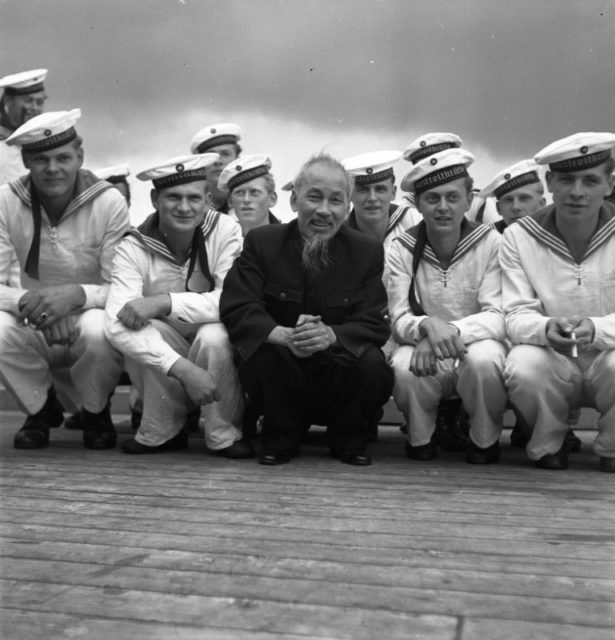
When Red dictator Ho Chi Minh consolidated his power in the North, he launched a savage campaign against his own people. In virtually every North Vietnamese village, strong-arm squads assembled the populace to witness the “confessions” of landowners. As time went on, entrepreneurs, intellectuals, school teachers, civic leaders — all who represented a potential source of future opposition — were also rounded up and forced to confess to “errors of thought.”
There followed public “trials,” conviction and, in many cases, execution. People were shot, beheaded, beaten to death; some were tied up, thrown into open graves and covered with stones until they were crushed to death. Ho renewed his terror in North Vietnam periodically. Between 50,000 and 100,000 are believed to have died in these bloodbaths — in a coldly calculated effort to discipline the party and the masses.
During the 1950s, however, he had to quell some sizeable uprisings in North Vietnam — most notably one that occurred in early November 1956, in the An province, which included Ho’s birthplace village of Nam Dan. So heavily had he taxed the region that the inhabitants finally banded together and refused to meet his price. Ho sent troops to collect, and then shipped in an army division, killing over 6,000 unarmed villagers.
By early 1965, the communists’ Radio Hanoi and Radio Liberation were able to boast that the VC had destroyed 7,559 South Vietnamese hamlets. By the end of the year, 15,138 South Vietnamese civilians had been killed, and 45,929 kidnapped. Few of the kidnapped were ever seen again.
Ho Chi Minh is directly and indirectly, responsible for the lives of 1.7 million Cambodians, 2 million Vietnamese and possibly 230,000 in Laos.
Joseph Stalin (23 million deaths)
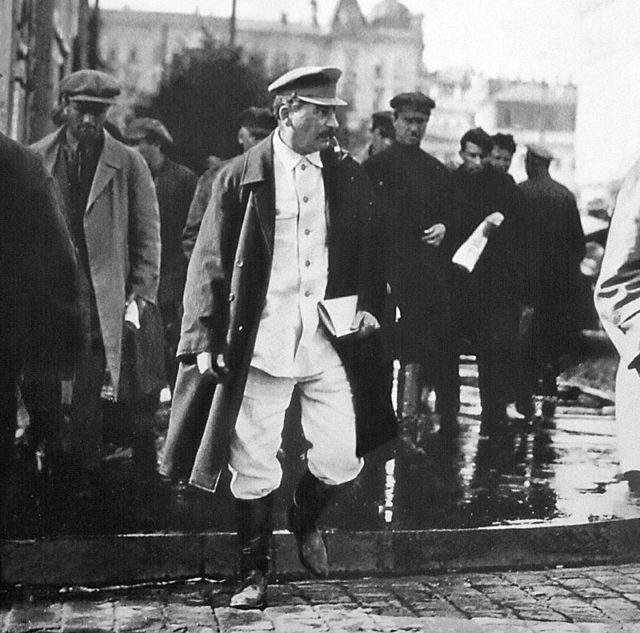
At least 2000 of the best and brightest minds in the Soviet Union were sent to prisons where three-quarters of them died. Writers, poets, philosophers and playwrights were jailed for producing anything other than pure propaganda, astronomers were imprisoned for studying sunspots, and weathermen were even jailed for failing to make accurate predictions! Scientists and engineers that failed to solve problems according to Stalin’s schedule were also purged, especially during the war.
Stalin was a bad father and a bad husband. One of his sons shot himself and lived, causing Stalin to complain, “He can’t even shoot.” When that son was captured by the Germans, Stalin refused a trade for a German general and his son died.
Uncaring about his own population, Stalin ordered everything in the path of advancing Germans to be burned, leaving no food or useful supplies of any type for them. Of course, this policy was hard on the peasants who lost everything and led to more starvation.
Just as Hitler was killing his own people left and right for “defeatism,” Stalin gave orders to shoot deserting or unauthorized retreating troops on sight. He went so far as to set up “blocking detachments” to gun down troops fleeing from the front. In this time frame, well over 400,000 soldiers were sent to “penal battalions” where they would be deployed in areas almost certain to get them killed.
Hitler is notorious for killing as many as 6 million Jews and another 5 million other minorities. In the Holodomor, Stalin’s intentional starvation of the Ukraine killed as many as 7.5 million Ukrainians. The widespread and horrible scale of the hunger led people to eat the dead, and 2500 were convicted of cannibalism.
And yet, there was one tyrant who put even Stalin in the shade.
Mao Zedong (49-78 million deaths)
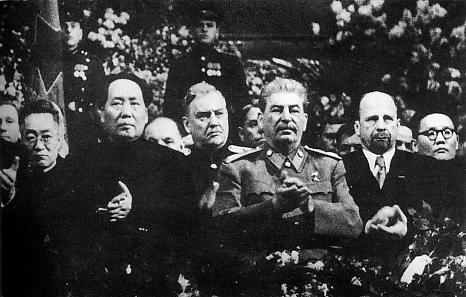
During his first five years from 1949–53 he is said to have systematically killed between 4 to 6 million people by sentencing them to die or by sending them to “reform through labor” camps. He organized mass repressions, established execution quotas and defended his actions in these early years as necessary for securing power for the People’s Republic of China.
His social programs the Great Leap Forward and the Cultural Revolution are two of the most ill-fated, poorly named, initiatives ever. The first was an effort to industrialize China rapidly. His focus was on making China a premier exporter of steel, and to this end, he asked everybody to make it. Without the tools to make food, no money coming in from the steel, and no money to survive, millions of people starved to death. The estimates for this program alone are 20 million deaths!
In the interim, Mao started the socialist education movement. He aimed the concept at young ones who would eventually wrest the power away from the older guard. By 1964 this movement was renamed the “four cleanups movement” whose goal was cleansing politics, economics, ideas, and organization of “reactionaries”. This led to the formation of the “Red Guards” who were organized to punish intellectuals and take out Mao’s political adversaries.
By 1968 things were starting to look pretty good for Mao all over again, and so he put into place the decade-long “Down to the Countryside Movement” which forced young intellectuals to move out to the country to become farmers. Sadly, the people he pushed out there were the same Red Guards who had helped him to get power. Estimates of the death toll are between 40,000 – 7 million depending on who you ask.